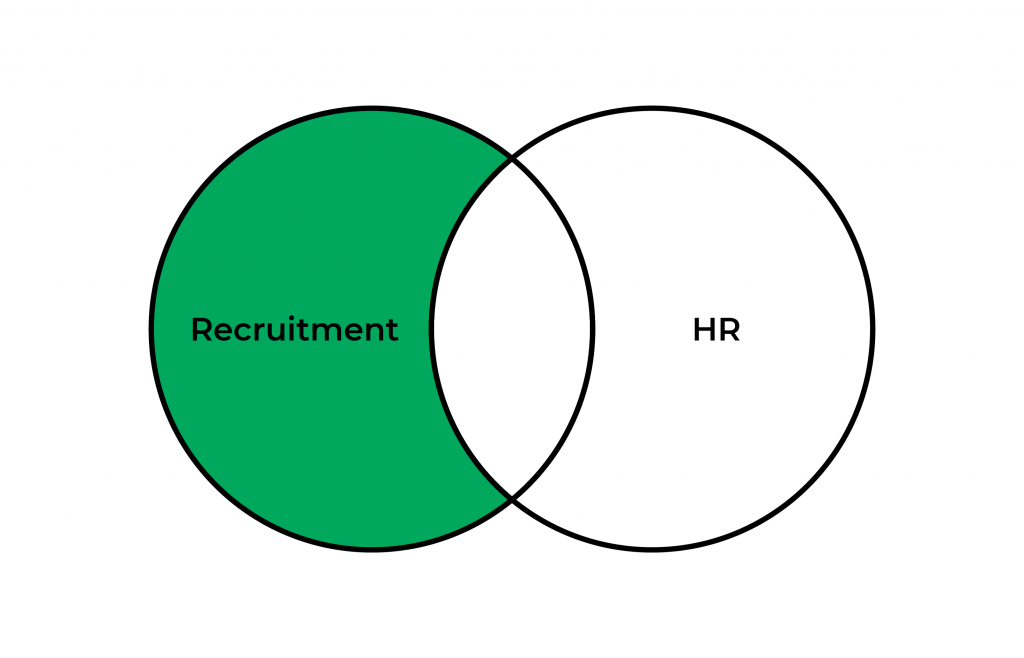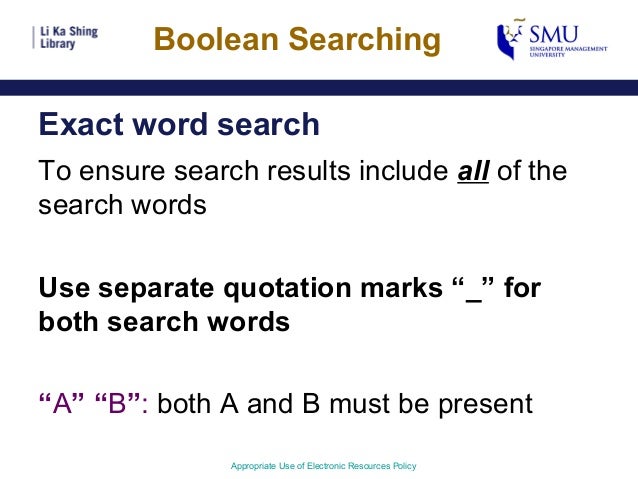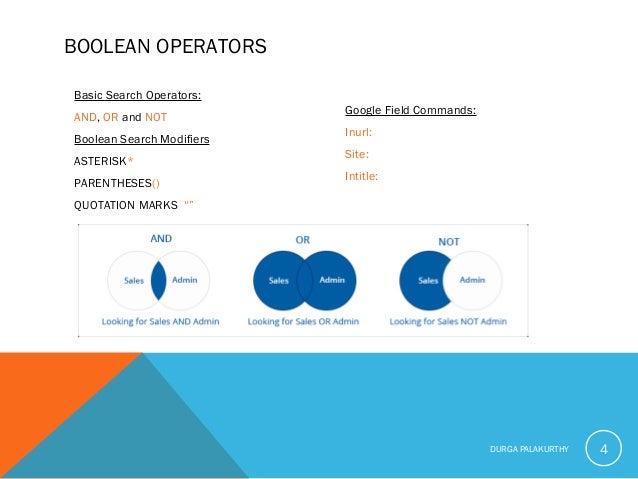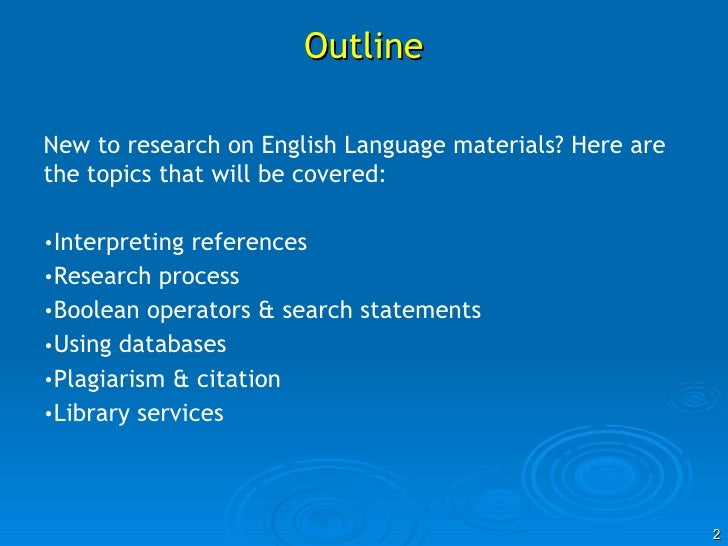
The Boolean OR operator checks that either one condition or another is true.įor example, if I wanted either the first flavor to be strawberry or the second flavor to be mango, then the Boolean expression would be:įlavor_1 = Strawberry OR Flavor_2 = MangoĪnd the truth table would look like this: Here’s how the table above would look like in truth table form: If something meets my picky sundae flavor conditions, then it’s TRUE. They’re called truth tables, and we can put one together for our sundae example. Tables like this are used in Boolean logic all the time. We could organize this situation into a table of possibilities like this: This means that both the first flavor must be chocolate and the second flavor must be vanilla. We could turn this into a Boolean expression with an AND operator that looks something like this:įlavor_1 = Chocolate AND Flavor_2 = Vanilla


The Boolean AND operator is used to confirm that two or more Boolean expressions are all true.įor example, in my sundae, I want the first flavor to be chocolate and the second flavor to be vanilla. We can use Boolean expressions and Boolean operators to figure out whether I’ll eat a sundae or not. But I’m a bit of a picky eater, so I may not accept every sundae combination that I get. Say we’re going to put together a two-scoop sundae with different flavors. To better understand how Boolean operators work, let’s suppose for a moment that we’re in an ice cream shop. There are three basic Boolean operators, AND, OR, and NOT. Now that you understand the basics of Boolean expressions, let’s look at another key aspect of Boolean logic: Boolean operators. For example, you could use a Boolean expression to determine whether a number is contained within a list in Python or whether a text string is within a SQL database table.

There are many other ways to build Boolean expressions, depending on the programming language. “I love Codecademy” = “I LOVE Codecademy” “I love Codecademy” = “I love Codecademy” Just remember that most programming languages are case-sensitive. Is that right? Of course not, and that’s why this Boolean expression would return a value of FALSE.īoolean expressions can also determine whether two strings are identical. Here, we’re reporting that 4 subtracted from 10 is the same as 5. Let’s look at another Boolean expression: In this example, the combination of the two parts 2 + 2 and 4, together with the relationship (= equals), is called a Boolean expression. Is that right? Yes it is, so the Boolean result of this would be TRUE. Here, we have two parts, 2 + 2 and 4, and we’re reporting that those two parts are equal to each other. How does this work? Boolean logic looks at a reported relationship between things and determines whether the relationship holds. But while there can be practically infinite possibilities for a numerical or string value in programming, there are only two possible Boolean values: TRUE and FALSE. In fact, programming languages put these two Boolean values into their own object type separate from integers, strings, and floating-point numbers. Note that a Boolean TRUE or FALSE is very different from typing the strings “True” and “False” into your code. TRUE and FALSE: There can only be twoīehind Boolean logic are two very simple words: TRUE and FALSE. Instead of using arithmetic operators like addition, subtraction, and multiplication, Boolean logic utilizes three basic logical operators: AND, OR, and NOT. What is Boolean logic?īoolean logic is a type of algebra in which results are calculated as either TRUE or FALSE (known as truth values or truth variables).
BOOLEAN SEARCH STATEMENT HOW TO
In this article, we’ll cover what Boolean logic is, how it works, and how to build your own Boolean expressions.

Boolean logic is a key concept in any programming language, whether you’re creating a video game with C++, developing the next best app in Swift, searching through relational databases in SQL, or working with big data in Python.


 0 kommentar(er)
0 kommentar(er)
